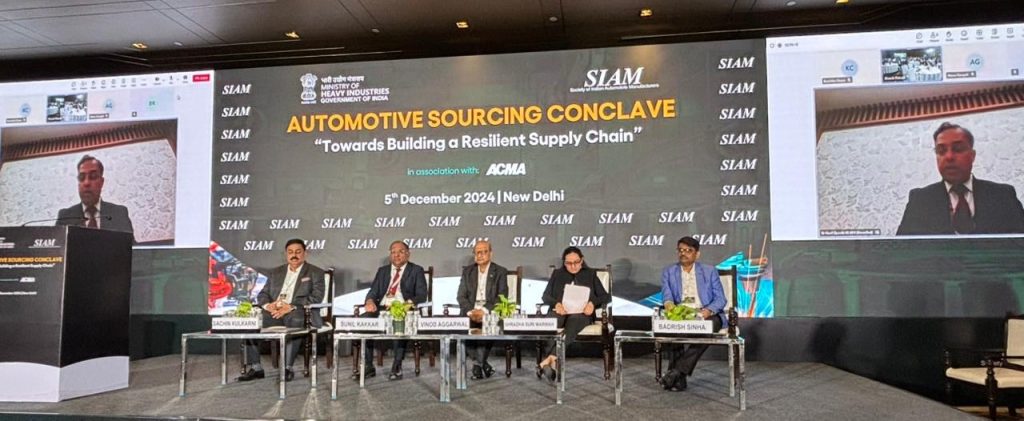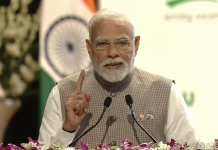
In a major boost to the automotive industry and moving toward reduced reliance on imports while ensuring the evolving supply chain meets India’s increasing demand for electric vehicles (EVs), the ministry of heavy industries is planning to release the list of some critical components under the FAME Scheme.
Dr. Hanif Qureshi, Additional Secretary, Ministry of Heavy Industries, Government of India, said, “The automotive industry is a key driver of India’s economy and Aatmanirbhar Bharat is our collective mission. With the Ministry of Heavy Industries advancing local production, R&D, and critical component investment, the supply chain is rapidly evolving. Schemes like PM eDRIVE are boosting local production and R&D, reducing import dependency, and strengthening the supply chain. In FAME1 & FAME2, we had 18 components in our list, but now after discussion, we will shortly circulate a new list with 8 to 9 parts, as others are now being manufactured in India.”
He said that the government has spent Rs 18000 crore in the localisation schemes as on March 2024.
Qureshi was speaking at the SIAM Automotive Sourcing Conclave 2024, themed “Towards Building a Resilient Supply Chain”. The conclave emphasised the importance of fostering resilient supply chains to support the automotive industry’s evolution, ensuring sustained growth and alignment with the nation’s self-reliance goals.
The conference included three sessions, including Strengthening the Supply Chain Ecosystem for Electrified Vehicles, Preparedness for Futuristic Technologies, and Balancing Regulatory Compliance vis-a-vis Supply Chain Resilience.
Present there, Vimal Anand, Joint Secretary, Department of Commerce, Ministry of Commerce and Industry, Government of India said, “The automobile industry is a cornerstone of India’s economy, contributing significantly to the nation’s GDP. The Ministry of Commerce is committed to working closely with the auto industry to address specific concerns at any level of the supply chain or to adapt to new regulatory requirements.”
Meanwhile, according to data from the Society of Indian Automobile Manufacturers (SIAM), total production across all vehicle types rose by 10 per cent year-on-year, reaching 2,882,996 units in October this year.
The passenger vehicle segment recorded slight growth, selling 393,238 units, an increase of 0.9 per cent compared to October 2023. This rise was mainly propelled by demand for utility vehicles (UVs), which achieved a 6.3 per cent rise in production and a notable 13.9 per cent increase in domestic sales, totaling 225,934 units. Exports of utility vehicles soared by 61.7 per cent.













